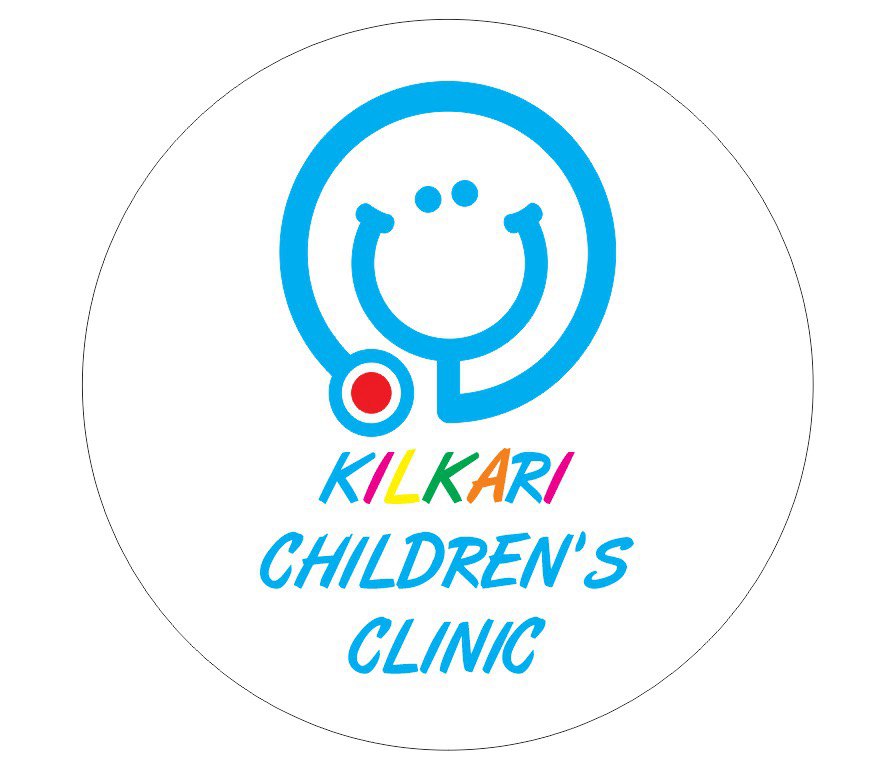Introduction to Fungal Infections in Children
Fungal infections in children are common and can affect the skin, nails, mouth, or scalp. These infections are caused by different types of fungi. Although most are not serious, they can cause discomfort. Early treatment helps prevent the infection from spreading. According to the CDC, children are more likely to get fungal infections because their immune systems are still developing. In this blog, you will learn about pediatric fungal infection symptoms, causes, diagnosis, treatment, and prevention.
Common Symptoms of Fungal Infections in Children
Fungal infections can look different depending on the area affected. However, there are some common signs to watch for. For example, you may notice:
Sometimes, children may also feel mild pain or discomfort. If symptoms last more than a week, it is important to seek help.
Main Causes and Risk Factors
Fungi are found everywhere, but some factors make children more likely to get infections. For instance, children can catch a fungal infection by:
Additionally, children with weak immune systems or certain health conditions are at higher risk. Warm, humid weather can also increase the chance of infection.
Diagnosis Methods
Doctors use several ways to diagnose fungal infections in children. First, they will look at the affected area. Next, they may ask about your child’s symptoms and recent activities. Sometimes, the doctor will take a small sample of skin, nail, or hair. This sample is checked under a microscope or sent to a lab. These tests help confirm the type of fungus and guide the best treatment.
Treatment Options for Fungal Infections in Children
Medical Treatments
Most fungal infections in children can be treated with antifungal medicines. These may come as creams, ointments, or oral medicines. For example, ringworm and athlete’s foot often need antifungal creams. In some cases, the doctor may prescribe pills for more severe infections. It is important to use the medicine as directed, even if symptoms improve quickly.
Home Care Tips
Along with medicine, home care can help your child heal faster. Try these tips:
For child skin fungus treatment, always follow your doctor’s advice.
Prevention Tips and Lifestyle Guidance
Preventing fungal infections in kids is possible with good habits. Here are some ways to protect your child:
Additionally, keeping your home clean and dry can help stop the spread of fungi.
When to See a Doctor
Sometimes, home care is not enough. You should see a doctor if:
Early medical care helps prevent problems and keeps your child healthy.
Conclusion
Fungal infections in children are common but treatable. With early care and good habits, most kids recover quickly. However, if you notice any signs of infection, do not wait. Consult a pediatrician for personalized advice on fungal infections in children.


